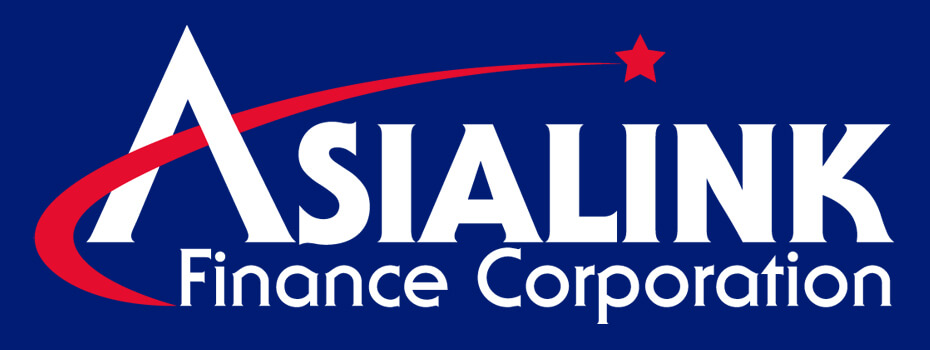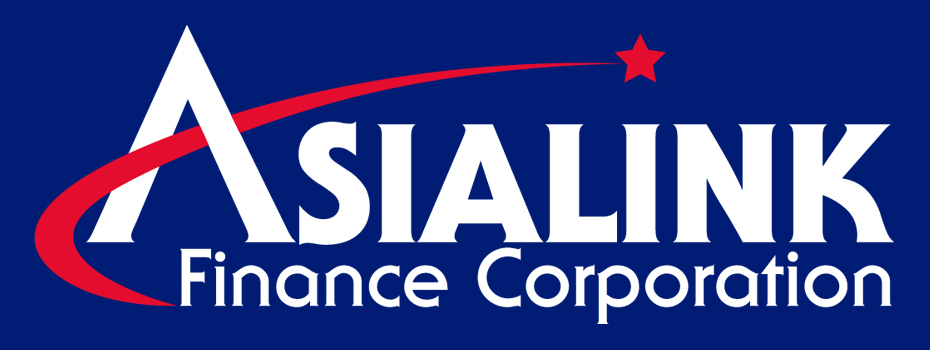Managing your company’s finances can be daunting as a small business owner. However, excellent small business cash flow management is pivotal in ensuring your company’s financial stability and sustained growth. Some aspects of financial planning include creating a budget, planning taxes, setting goals, and more, which can be difficult without the proper knowledge.
In this guide, we’ll discuss everything you need to know when financial planning and help you with crucial areas on how to manage cash flow in a small business.
What is Financial Planning?
Financial planning is a comprehensive evaluation of your business’s current financial situation and involves creating a step-by-step plan to achieve goals.
The process typically begins with gathering relevant financial information, such as income, expenses, assets, and liabilities. You then analyze these details while identifying improvement areas or growth opportunities.
Why is Financial Planning Important for Small Businesses?
Financial planning is vital for the success and sustainability of your small business, as it presents a structured approach to managing finances and guiding strategic decision-making. Effective planning benefits crucial aspects of business finance:
1. Provides a comprehensive growth map
Financial planning allows you to determine what markets you want to enter, what services and products to sell, and what workforce size or skills you need to grow your business.
2. Boost your savings potential
Gaining savings can be challenging, but it is possible. With a financial plan, you’ll have credible insight regarding income and expenses, allowing you to track and cut costs consciously.
The multi-faceted nature of financial planning can be broken down into the following aspects:
- Evaluation of your current financial situation
- Goal setting
- Budget creation
- Debt management
- Saving
- Tax planning
- Insurance

Part I: Assessing Your Current Financial Situation
Before anything else, the first crucial step to financial planning is evaluating your current financial situation. The following are some key things you need to consider.
A. Calculate your net worth
Net worth refers to the value your company owns minus its debts. Calculating the net worth lets you measure and track your business’s financial status.
B. Review your expenses
An expense review allows you to identify unnecessary or excessive spending areas, helping with resource allocation and aligning your spending with your financial goals.
C. Make a cash flow statement
A cash flow statement is a financial report demonstrating your business’s ability to operate in the short and long term. This statement can guide you in analyzing cash levels and the working capital necessary to keep your enterprise running.
Part II: Setting Financial Goals
Goal-setting should be a priority when planning, as it gives you a clear path to getting your finances in order. Ideally, short- and long-term goals are part of financial planning and management.
A. Short-term goals
Short-term goals are objectives you can achieve within a few months to a year. They focus on immediate needs and milestones, like increasing cash flow or reducing expenses.
B. Long-term goals
Long-term goals, such as market expansion, extend over years or even decades. These goals involve continuous planning to ensure sustained growth and profitability.
Regardless of your plans, formulating SMART goals can be beneficial for strategic financial planning.

Part III: Creating a Budget
The fundamental building block of effective financial planning is creating a budget. Without one, getting your finances in order is difficult. Developing a business budget entails a few steps and tips.
1. Create a budget
- Estimated revenue is the amount you expect to gain from selling your products and services.
- Fixed expenses are your business’s running costs, like employee salaries, marketing expenses, and other operational fees.
- Variable costs are expenses with prices that fluctuate according to the quantity of goods and services produced. As the production of goods and services increases, variable costs increase. Examples of variable costs include raw materials, delivery costs, piece-rate labor, and production supplies.
- One-time expenses refer to one-off, unexpected expenses your company may encounter outside of regular business activities, such as severance pay, lawsuits, and asset disposal.
- Cash flow is money that cycles in and out of your company budget.
- Profit is your earnings after subtracting all costs from your revenue.
The following components are integral to creating a comprehensive and practical budget:
2. Stick to your budget
- Track your expenses
Regularly track and record your expenses to stay aware of where your money is going. Use budgeting apps, spreadsheets, or dedicated expense-tracking tools to monitor your spending.
- Review and adjust your budget regularly
To effectively do this, monitor your company’s spending habits, income changes, and unexpected expenses. Then, modify your budget to keep it realistic and aligned with your financial goals.

Part IV: Managing Debt
Debt can significantly hinder business operations, and managing it is crucial for the company’s overall financial well-being. Here are some best practices to effectively manage debt.
1. Establish an emergency fund
A “rainy day” fund allows you to pay off unexpected debts without dipping into accounts for specific expenses. It’s also an excellent way to avoid seeking financial aid that can incur interest fees and additional charges. Experts recommend setting aside three to six months of operational expenses for your business emergency fund.
2. Reduce interest costs
Effective debt management involves determining high-interest debts for repayment, helping you save money on interest charges and pay off debt faster.
One way to reduce interest costs is to present a consistent business cash flow. This will show lenders whether your transactions are all accounted for and if you can make regular payments.
Another way is to refinance your debts to improve your company’s financial situation. The goal is to lower the interest rates of your previous loans.
Part V: Saving
A savings account allows you to set aside funds and earn interest on your deposits, helping you build a financial cushion or save up for specific business needs. You can choose from these savings account types to support your financial planning efforts.
- A regular savings account is an essential banking product financial institutions offer to deposit money while securely earning a modest interest.
- A money market savings account is a type of savings account that combines certain features of both traditional savings accounts and money market funds. It provides higher interest rates while maintaining accessibility and security.

Part VI: Tax Planning
Tax is probably the most complex area of financial planning. Here’s what you need to know regarding the tax types you will encounter as a business owner in the Philippines.
Income tax
This is the tax the government directly imposes on your company’s net taxable income. As of 2023, the corporate income tax for corporations in the Philippines is 25%, with a 2% minimum corporate income tax.
Value-added tax (VAT)
VAT refers to a consumption tax on products and services. In the Philippines, the standard VAT rate is 12%.
Excise tax
This taxation type caters to the manufacture, sale, or consumption of a specific commodity within the Philippines.
Documentary stamp tax (DST)
DST applies to documents, instruments, or transactions with legal, financial, or commercial significance.
Indeed, tax can be complicated, whether you’re a new small business owner or have been running your company for years. It’s best to consider hiring a tax professional to give you proper guidance in tax compliance.
Part VII: Insurance
Business insurance is vital when financial planning because it protects against unexpected events and mitigates potential risks your company may encounter. Here are some insurance types you should know about.
- Property insurance covers damage or loss of business-owned property, such as buildings, equipment, inventory, and furnishings.
- Workers’ compensation insurance provides coverage for job-related injuries or illnesses of your employees. It covers medical expenses, rehabilitation costs, and lost wages while protecting your business from labor-related lawsuits.
- Public liability insurance protects your company if third parties claim property damage or bodily injury caused by your business’s activities.
- Professional liability insurance is essential if you have service-based businesses, as it protects your company against claims due to professional errors, negligence, or inadequate work.
- Business interruption insurance compensates for lost income and helps cover ongoing expenses if your organization is temporarily unable to operate due to reasons beyond your control, like natural disasters.
Find Your Footing with Financial Planning
Financial planning can be challenging, especially if you’re a small business. It requires implementing the right strategies and exercising all suitable options to ensure financial fluidity. Fortunately, your know-how of financial planning for small business owners can help take your company to greater heights.
If you want to apply for a business loan in the Philippines, consider choosing Asialink Finance Corporation. As one of the country’s premier loaning companies, Asialink provides quality financing and loan products that empower you to pursue your entrepreneurial vision.
Contact us today to learn more about maximizing the potential of your small business.






